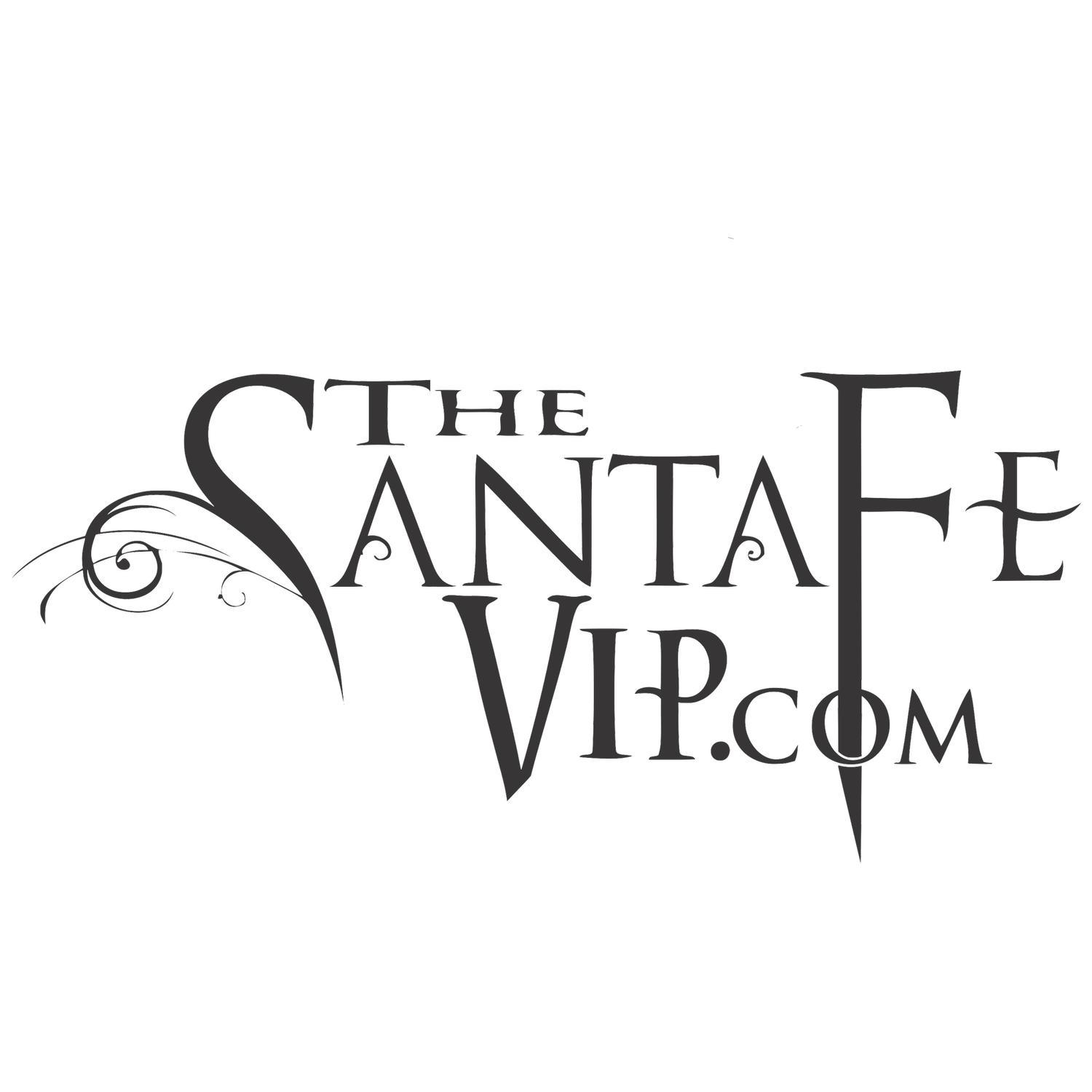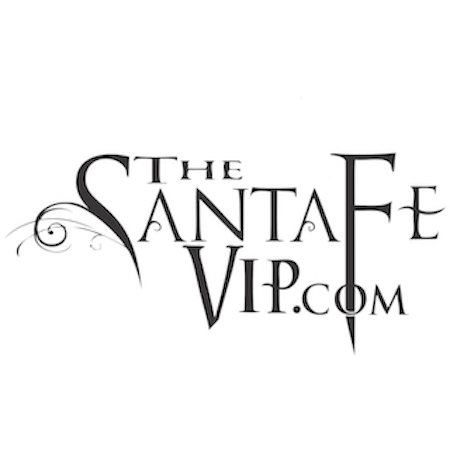Burning Man not your style? Try this fiery Santa Fe festival instead
The Zozobra festival turns 100 this year, and it’s a family-friendly party that lets you put fears, anxieties, and even parking tickets to the torch.
Instead of heading to the Burning Man festival for Labor Day weekend, revelers should consider celebrating at the lesser-known, family-friendly Zozobra festival in Santa Fe, New Mexico.
Photograph by K.D. Leperi, Alamy Stock Photo
ByAndrew Nelson
August 22, 2024
Each Labor Day weekend a communal event unfolds in the American West centered around the nighttime burning of a giant effigy. Amid chants and music, the towering figure is consumed by fire, toppling to the ground in a shower of flames and sparks.
Most people will think of Burning Man in the northern Nevada desert and its RV army filled with Silicon Valley executives in bodypaint and loincloths. With slow ticket sales this year, the gathering at Black Rock isn’t the only Western fire festival that weekend. Nor was it the first.
The history of Zozobra
Over the same end-of-summer, three-day holiday another, older conflagration unfolds in New Mexico. Marking a century this year, Santa Fe’s fiery Zozobra festival rivals the better-known technopalooza offering a similar vibrant atmosphere, communal spirit, and a familiar transformative finale of fire.
Like its Bay Area counterpart, the Zozobra festival was invented by bohemian visionaries. In 1924, Pennsylvania painter William Howard "Will" Shuster Jr. created an effigy as the highlight for a party hosted by a collection of artists known as Los Cinco Pintores. It was part of a larger group of mostly Anglo painters (including Georgia O’Keefe) drawn to Santa Fe for its colorful landscapes and a culture marked by Mexican and Native American influences.
Shuster drew inspiration for his totem from Mexico’s Yaqui Indians and their Easter Holy Week tradition, where an effigy of Judas is paraded and burned. The painter named his 6-foot-tall puppet Zozobra, a Spanish word meaning "anguish" or "gloom". Its burning symbolized the destruction of worrisome or negative feelings. Now 50-feet six-inches tall, and constructed of wire, wood and cloth, Zozobra has become deeply intertwined with Santa Fe's identity. The effigy’s burning on the Friday night before Labor Day marks the start of the Fiesta de Santa Fé–the city’s annual 311-year-old celebration of art, culture and heritage.
Celebrating a century-old tradition
“This community focus is what’s different between Zozobra and Burning Man. Zozobra is a tradition here,” says New Mexico History Museum Curator Hannah Abelbeck. “Zozobra wouldn’t exist unless Santa Fe cared about it and invested in it.”
To commemorate the festival’s 100th birthday, Abelbeck’s museum, located in downtown Santa Fe, has opened a new, two-year-long exhibition that explores Zozobra’s roots and cultural influences. The New Mexico Museum of Art on the city’s famed Plaza will also host a special exhibit about the tradition.
Santa Fe will hold other distinctive commemorations including a Zozobra-inspired hot-air balloon debuting August 30 and public art devoted to the effigy.
Casting fears into the fire
As always in the weeks prior to Zozobra’s burning, residents dutifully write down their fears and anxieties on slips of paper and drop them into boxes scattered across town. These are collected and their contents stuffed inside the puppet—adding additional fuel for the fire. Sometimes citizens consign other totems of distress––mortgage papers, hospital gowns, speeding tickets and divorce––to the flames.
A crowd of 75,000 people is expected to converge on Fort Marcy, a local park that’s a five-minute drive from Santa Fe’s Central Plaza, to watch the spectacle. People pass the time by consuming refreshments or tossing beach balls while Zozobra raises his arms and growls at the crowd as accompanying musical acts, dance performances, and storytelling underscore the city’s rich artistic traditions.
As night falls, Zozobra’s nemesis, the dancing Fire Spirit appears. Armed with two torches she ignites the flammable giant. To chants of “Burn Him!” Old Man Gloom, as he is called, is consumed by fire and fireworks. With locals planning and running the festivities, everyone gets an opportunity to participate. In a world of extraordinary celebrations, Zozobra is a burning man for everyone.
Extend your stay beyond the Zozobra festival to explore Santa Fe and visit local attractions, including the Railyards, Georgia O'Keefe Museum, and the Museum of Indian Art and Culture.
Photography by Sean Pavone, Alamy Stock Photo
Where to eat and stay in Santa Fe
While Zozobra will be the main event on Labor Day, other Santa Fe attractions worth exploring include the Railyards, a former industrial neighborhood now revived and featuring all manner of restaurants, galleries, and on Saturdays, an outdoor artisan market. The Georgia O’Keefe Museum and the Museum of Indian Art and Culture are also worth a visit. The latter’s brand new Joann and Bob Balzer Native Market and Contemporary Art Gallery features non-traditional art like a British Triumph sports car decorated with Native American symbols.
Visitors can try classic Santa Fe cuisine at Cafe Pasqual’s, known for its breakfasts of corn meal pancakes or chorizo burritos. Sazón is a famed dinner spot with its signature soup made with poblano cream, crab meat, Mexican cheese, cinnamon and spices.
Hotels in Santa Fe are as colorful and as varied as its cuisine. Many, like the Inn and Spa at Loretto and La Fonda on the Plaza are inspired by the city’s architectural traditions. Others by the city’s artistic ambitions such as the Inn of the Five Graces, a colorful mix of Hindu and Native American motifs.
read more here: https://www.nationalgeographic.com/travel/article/santa-fe-fire-festival-zozobra

